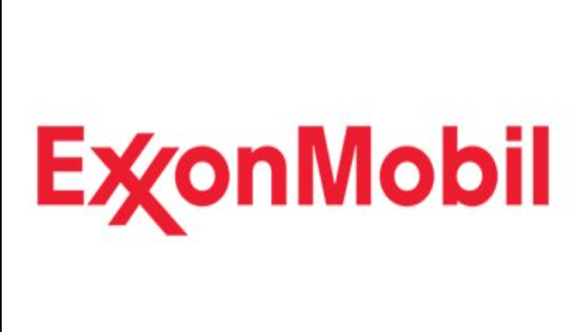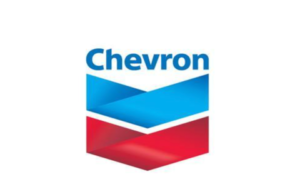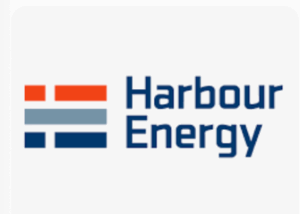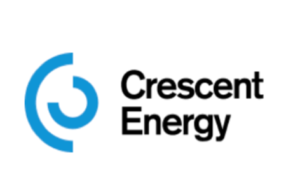Global energy giant ExxonMobil vowed to completely cut its greenhouse gas emissions from oil and gas operations in the Permian Basin by 2030.
The company also pledged to end routine flaring by the end of 2022, electrify operations in New Mexico and Texas and increase monitoring for methane releases while upgrading equipment to avoid emissions.
Exxon’s plans in the Permian were part of company-wide commitment to reduce emissions intensity, referring to the amount of emissions per facility, by 40 to 50 percent by 2030, compared with 2016 levels.
XTO Permit Down Load
XTO Wells Drilled 2021
XTO Texas Air Permits
At the end of 2021’s third quarter, Exxon reported it produced 530,000 barrels of oil per day in the Permian, accounting for 40 percent of the company’s U.S. production.
Company officials said that as fuel demand grows and production increases, so too would greenhouse gas mitigation.
Chief Executive Officer Darren Woods said the Nov. 6 announcement was part of a company-wide strategy to reduce the oil and gas leader’s impact on climate change.
“Our groundbreaking plans to reach net zero for Permian Basin operations further demonstrate our commitment and support of society’s ambitions for a lower-emissions future,” Woods said. “We have plans to reduce greenhouse gas emissions intensity across our businesses by deploying the capabilities and technical strengths that are foundational to ExxonMobil.”
Electrification of ExxonMobil’s facilities in the Permian – one of the nation’s most active oilfields spanning southeast New Mexico and West Texas – would use “low-carbon power,” read a company news release, that could include renewable energy like wind and solar power.
The company also said it could use hydrogen power for its facilities, or natural gas using carbon capture and storage technologies.
Methane monitoring would use satellite surveillance of Exxon’s facilities, along with ground-level sensors and aircraft to identify leaks and speed up repairs, the release read.
Flaring would be reduced by 75 percent by the end of 2021 under Exxon’s plan, read the release, compared with 2019 levels, and routine flaring would be completely phased out by the end of next year.
Efforts so far resulted in an expected reduction of 15 to 20 percent in greenhouse gas intensity compared to 2016 by the end of 2021, the company reported.
Exxon also expected to see a 40 to 50 percent cut in methane intensity and 35 to 45 percent reduction in flaring, read the release.
To validate its results in reducing pollution, ExxonMobil earlier this year partnered with non-profit MIQ to certify natural gas products produced through low-carbon processes at the Poker Lake facilities in southeast New Mexico, and market them as such to customers.
That program was intended to be expanded, the company reported, to meet investor demands for reductions in pollution and climate change impacts.
“Our goal of net zero for Scope 1 and Scope 2 greenhouse gas emissions is one of the most ambitious and wide-reaching in the Permian Basin,” said Bart Cahir, ExxonMobil senior vice president of unconventional. “Throughout the value chain, our people are working hard to help reduce the greenhouse gas emissions associated with the products that enable modern life.”
The announcement came during a period of renewed focus on pollution and climate change from both federal and state regulators.
The U.S. Department of Interior, under commitments made by President Joe Biden, recently released an anticipated report calling for numerous reforms to federal oil and gas policy, prioritizing land uses aside from fossil fuel production like outdoor recreation and conservation while also adding climate change evaluations into leasing decisions.
The U.S. Environmental Protection Agency also announced its own rulemaking on methane emissions, proposing expanded controls on new and existing sources, which could require widespread retrofitting of new, low-emission technology at oil and gas facilities across the country.
The State of New Mexico this year enacted new rules at its Energy, Minerals and Natural Resources Department requiring oil and gas operators capture 98 percent of produced natural gas by 2026, and the New Mexico Environment Department hoped to finalize rules early next year to reduce emissions of air pollutants to known to form ground-level ozone.
Environmental groups commended efforts by the industry itself to reduce pollution but called on government agencies to enact strong policy to hold energy company’s accountable.
Jon Goldstein, director of regulatory and legislative affairs at the Environmental Defense Fund, said federal policy was needed alongside state-level regulations to ensure nationwide action.
“Exxon’s commitment underscores how feasible, cost-effective and necessary it is to eliminate routine flaring. Major energy producing states like New Mexico and Colorado have already adopted rules to end the wasteful, polluting practice and it’s critical that EPA and the Bureau of Land Management follow suit,” Goldstein said.
He was critical of the State of Texas, which Goldstein said failed to act on reducing emissions even as the Texas Railroad Commission called for reductions in flaring earlier this year.
“Without a federal baseline that ends routine flaring, it will continue unchecked in states like Texas where leaders refuse to act – wasting energy resources and harming communities beyond state lines,” Goldstein said.
Source
Energy News













